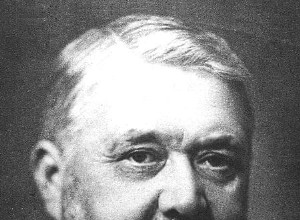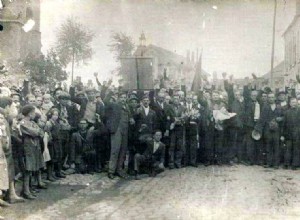Is there or was there an agreement between large companies to manufacture following the principle of planned obsolescence, so that the products have an expiration date that is not strictly necessary other than to force them to be discarded after a time and thus encourage sales? Is it just a legend?




